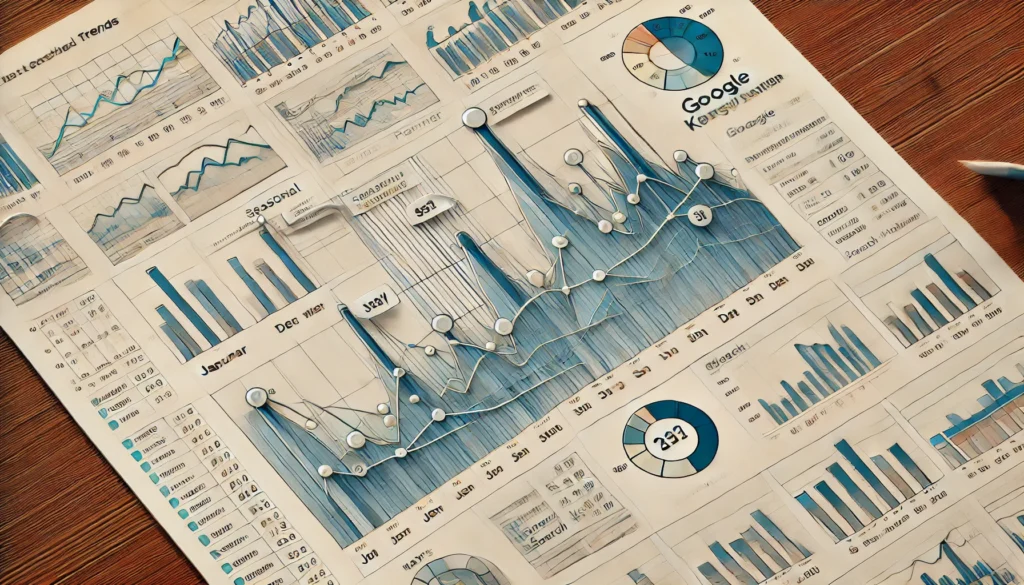SEO is like a treasure map leading users to your website. But what if the map is full of wrong turns? Mistakes happen, but fixing them can unlock the door to more visitors and better rankings. Let’s dive into common SEO mistakes and how to correct them.
Ignoring Keyword Research
Keywords are the heart of SEO. They’re the words people type into search engines. If you don’t know what keywords to target, your website is like a ship without a compass.
Start by using tools like Google Keyword Planner or Ubersuggest. Look for keywords that fit your content but aren’t too competitive. Once you find your keywords, sprinkle them in your titles, headings, and throughout your text. Just don’t overdo it. Keyword stuffing will sink your chances!
Poor Site Structure
A jumbled website is like a messy closet—no one wants to dig through it. A clear site structure helps search engines understand your content and improves user experience.
Use straightforward navigation. Make sure categories and subcategories are easy to find. Use internal links to guide visitors from one page to another. Think of it as creating a path through a forest; the easier it is to follow, the more likely people are to explore.
Slow Loading Speeds

Imagine waiting for a webpage to load for ages. Frustrating, right? Page speed is a major factor for SEO. If your site is slow, visitors will bounce away faster than a rubber ball.
To speed things up, compress images, reduce redirects, and leverage browser caching. Tools like Google PageSpeed Insights can show you areas for improvement. A faster website keeps visitors happy and helps climb the search rankings.
Not Optimizing for Mobile
More people browse on their phones than on computers. If your website isn’t mobile-friendly, you’re missing a huge audience. A site that looks good on desktop but is awkward on mobile is like a store that’s great from the outside but cluttered inside.
Use responsive design to ensure your site adapts to any screen size. Test it out! Open your website on various devices and see how it performs. A mobile-friendly site keeps users engaged and improves your SEO.
Forgetting Meta Descriptions and Title Tags
Meta descriptions and title tags are like the cover of a book, giving readers a sneak peek of what’s inside. If they’re bland or missing, potential visitors might pass right by.
Craft unique and captivating titles for each page, incorporating your primary keywords. Meta descriptions should also be catchy and informative. This little effort can significantly improve your click-through rates.
Neglecting Content Quality
Content is king in the world of SEO. If your content isn’t valuable, interesting, or well-written, users won’t stick around. Think of your website as a restaurant; if the food’s bad, people won’t come back.
Focus on producing high-quality content that addresses your audience’s needs. Use images, videos, and infographics to make it more engaging. Keep your paragraphs short and to the point. A well-informed visitor is more likely to become a loyal customer.
Missing Alt Text for Images
Images enhance your content, but they won’t help with SEO unless you add alt text. Alt text acts like a sign next to a painting, explaining what it is. Without it, search engines can’t understand your images’ context.
Add descriptive alt text to every image on your site. Include relevant keywords where it fits, but keep it natural. This simple step can improve accessibility and boost your SEO performance.
Ignoring Analytics
If you aren’t checking your website’s performance, it’s like driving blindfolded. Analytics tools like Google Analytics help you understand your visitors’ behavior and where you can improve.
Regularly review your traffic, bounce rates, and user engagement. Use this data to tweak your content and SEO strategies. Knowing what works and what doesn’t will help steer your website in the right direction.
Conclusion
Mistakes in SEO can hurt your website, but they’re not the end of the world. By focusing on these common issues and implementing simple fixes, you can create a smoother path for your users. Remember, a well-optimized site not only means more visitors but also a better experience for everyone. Start making these changes today, and watch your website thrive!




